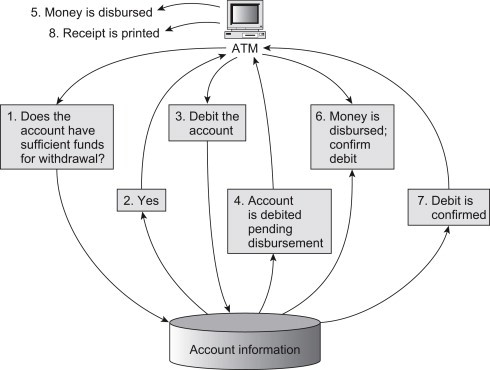

Raw data can include monetary figures, website cookies, profit/loss statements of a company, user behavior, etc. Hence, raw data should be gathered from defined and accurate sources so that the subsequent findings are valid and usable. The type of raw data collected has a huge impact on the output produced. The collection of raw data is the first step of the data processing cycle. Generally, there are six main steps in the data processing cycle: Step 1: Collection The first data processing cycle's output can be stored and fed as the input for the next cycle, as the illustration below shows us. Each step is taken in a specific order, but the entire process is repeated in a cyclic manner.
THE PRIMARY INPUT TO THE TRANSACTION PROCESSING SYSTEM IS SERIES
The data processing cycle consists of a series of steps where raw data (input) is fed into a system to produce actionable insights (output). Now that we’ve established what we mean by data processing, let’s examine the data processing cycle. By converting the data into readable formats like graphs, charts, and documents, employees throughout the organization can understand and use the data. The raw data is collected, filtered, sorted, processed, analyzed, stored, and then presented in a readable format.ĭata processing is essential for organizations to create better business strategies and increase their competitive edge. It is usually performed in a step-by-step process by a team of data scientists and data engineers in an organization. Data processing is the method of collecting raw data and translating it into usable information. What Is Data Processing?ĭata in its raw form is not useful to any organization. Moving forward, let us understand what is data processing. And in order to utilize and get insights from such a huge amount of data - data processing comes into play. A study by Domo estimates that 1.7MB data is created every second for every human being on the planet in 2020.

The use of social media, online shopping and video streaming services have all added to the increase in the amount of data. Whether you use the internet to learn about a certain topic, complete financial transactions online, order food, etc., data is being generated every single second.


 0 kommentar(er)
0 kommentar(er)
